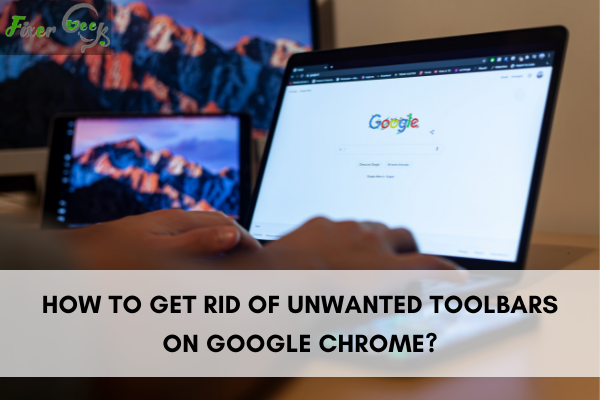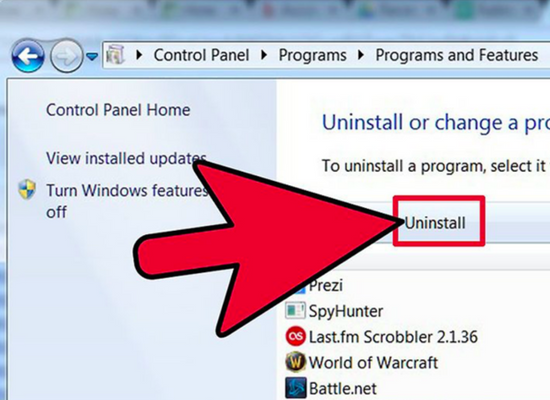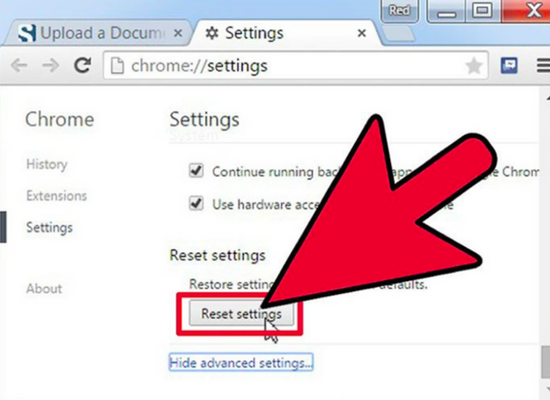Google Chrome toolbar removal dilemma is a very common problem for many computer users. People find it hard to get rid of all the extra toolbars that keep on popping up on their Google Chrome browser.

Toolbars are excellent compilations of shortcuts of your usual tools. They are categorized according to the relation of their functions. On internet browsers like Google Chrome, they can exist but mostly as by-products of hastened installation of specific programs. They could be bothersome if left attended when you try to do more tasks online.
How to Install a Toolbar?
Whenever you install programs, there will be a few occasions that one will ask for your permission to install a toolbar on your internet browser. You may accept the ‘Terms of Service’ and have the toolbar installed.
If you download extensions for your internet browser like Google Chrome, a few will require installing a toolbar for them to be usable.
There are also toolbars that you might need, such as the Google Toolbar. To install Google Toolbar, follow these steps:
- Visit the download page of Google Toolbar.
- Click on ‘Download Google Toolbar.’
- After reading the Terms of Service, click on ‘Accept and Install.’
- After installing, click on ‘Enable.’
How to Remove a Toolbar?
- Access Control Panel from the Start menu.
- Select ‘Programs’ and then choose either ‘Add/Remove Programs’ or ‘Programs and Features.’
- Select the program in which its toolbar is installed on Google Chrome. Click ‘Uninstall.’ You can repeat the process for other unwanted programs.

- During the uninstallation process, you will be asked to remove the toolbar. You can choose to agree or disagree, but you’ll have to remove it manually.
- If there are programs that don’t automatically remove their toolbars during the uninstallation process, you can head over to Chrome’s menu. Then, select ‘Settings’ and choose ‘Extensions.’ You can manually remove the toolbar by disabling the extension and deleting it.
- To make sure that the changes are applied, you will have to reset the browser settings. First, head to Chrome’s menu and choose ‘Settings.’
- Navigate to the ‘On startup’ section and click the ‘Set pages’ link.
- Remove the websites that you find suspicious or don’t need to visit when Chrome is initially launched.
- Afterward, go back to the Settings menu and select ‘Manage search engines.’
- Remove any search engine from the list in ‘Default search settings’ and make Chrome the default.
- To finally reset, go back on the Settings menu, search for ‘Show advanced settings’, and click on ‘Reset browser settings.’

- Delete the cookies, just for security, by clicking on ‘Clear browser data’ under ‘Show advanced settings.’ Make sure that the option ‘Cookies and other site and plug-in data’ is marked before clicking the ‘Clear browsing data’ button.

- You can run a scan for adware and other malware using an antivirus or anti-malware software for extra measure. If it’s a paid product, you can avail of its free trial period. After scanning, delete the malware found on the quarantine section. You will have better results when Safe Mode is used.
How to Recover a Removed Toolbar?
- Using the Extensions menu from Chrome’s menu, you can recover a removed toolbar in case you might need it again. Open Google Chrome and head to ‘Settings’ by clicking on the three dots icon on the upper-right corner.
- Choose ‘Extensions.’ On the window, you will see the list of installed extensions. Some toolbars don’t appear because their respective extensions are disabled. You can have them appear again just by enabling the toggle switches.
- If the software where the toolbar originates is uninstalled, the only way to recover it is by reinstalling the said software.
Summary: Get rid of unwanted toolbars on Google Chrome
- Open Google Chrome on your laptop or desktop computer.
- Click the three-dot menu at the top right of your screen.
- Click More tools, then Extensions.
- Click the toggle button to disable each extension.
Conclusion
Toolbars are useful if you perform many tasks on the Chrome browser, such as multitasking or surfing. If they occupy too much of your browser, similar to the mistake of Internet Explorer years before, they might consume computer resources unnecessarily.